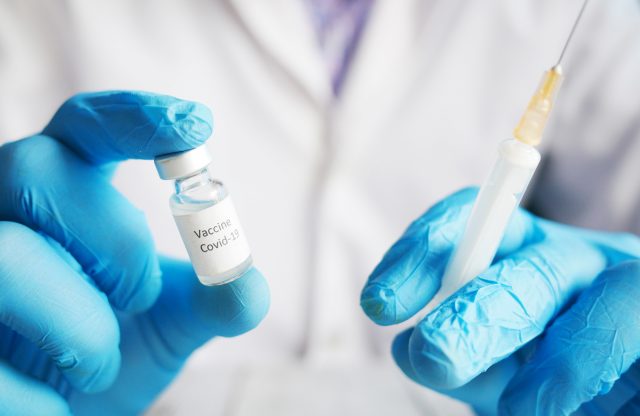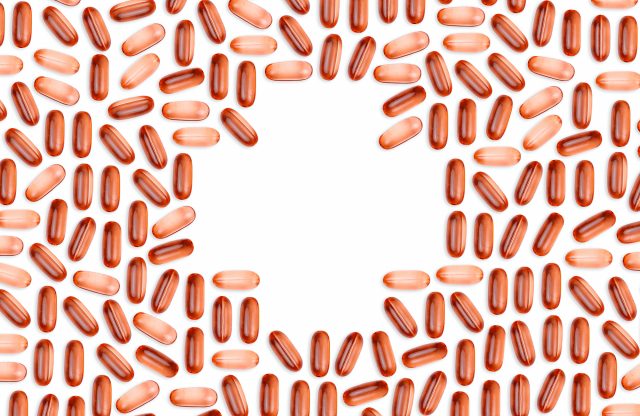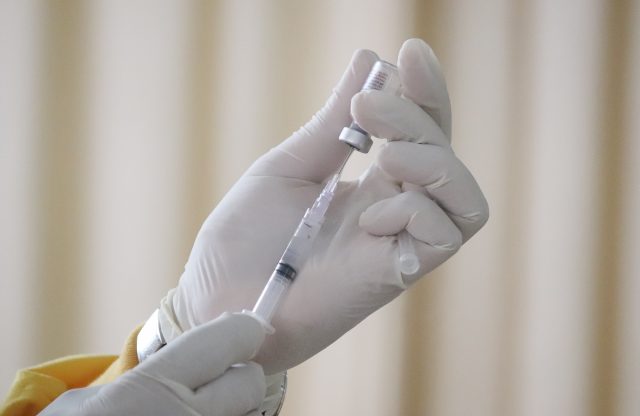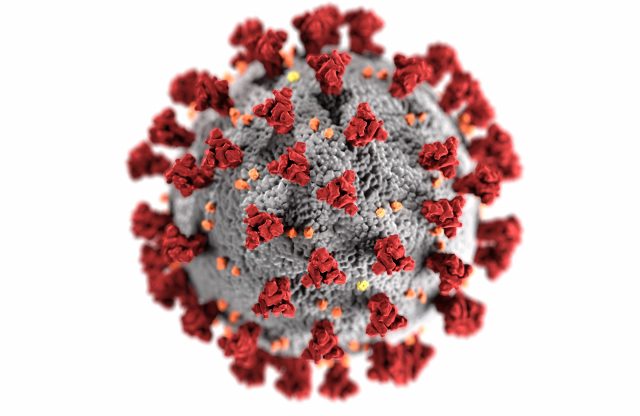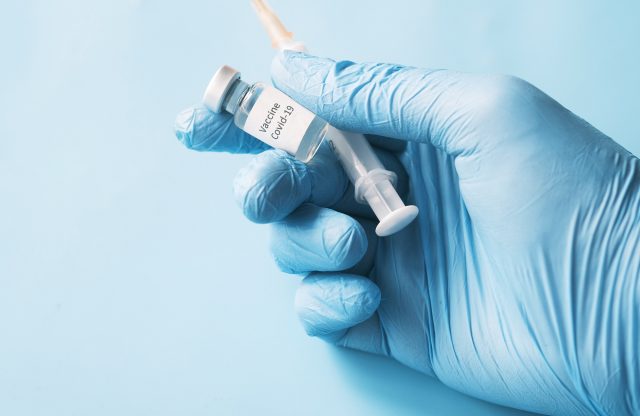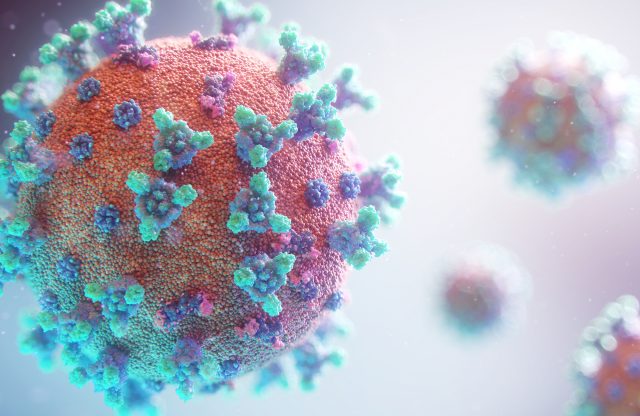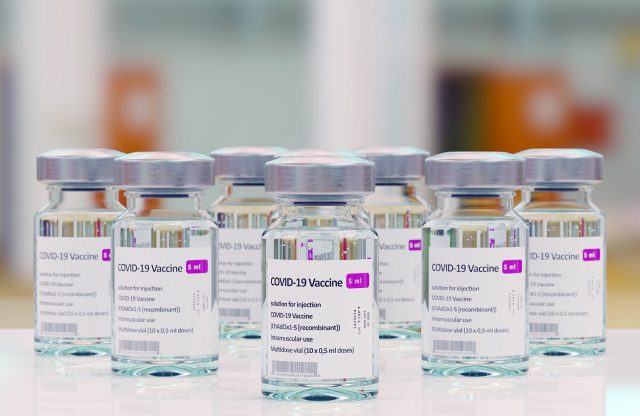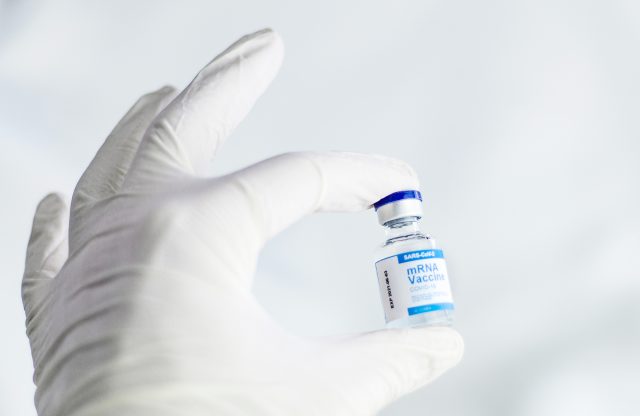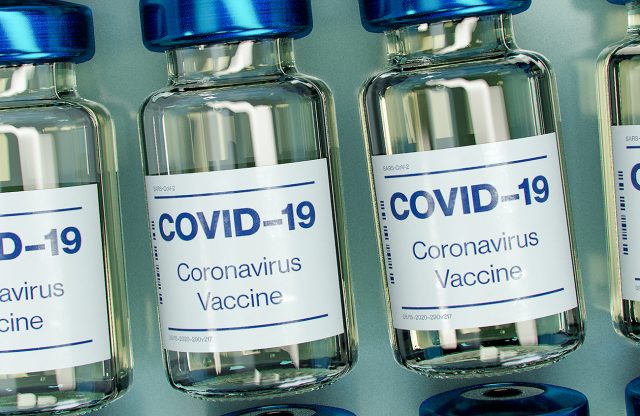Dr Robert Hess: Booster jabs are contributing

Dr Robert Hess – 10/08/2021
Dr Robert Hess: Booster jabs are contributing to the individualization of the vaccination concept: Weighing up the potential side-effects of the Covid-19 vaccines and deciding the “price” we are willing to pay.
As winter approaches in the northern hemisphere, booster vaccinations are being rolled out with the aim of giving maximum protection to the elderly, the immunocompromised and professionals exposed to the virus. The administration of booster jabs against Covid-19 is a new concept and one that is likely to be with us for the foreseeable future, as the efficacy of the vaccines against Covid-19 wears off over time. According to the manufacturer of the Pfizer/BioNTech vaccine, it loses approximately six percent of its effectiveness every two months, but our experience has shown that this is a conservative estimate.
This is a game changer, as we are no longer dealing with primary protection, but rather with the boosting of immune status which is composed of antibodies, T-cell reactions and much more besides. However, this attempt at maintenance also entails certain risks. Although the documentary evidence for short-term side-effects of booster vaccination does not give cause for concern so far, we cannot yet clearly assess what the cumulative effect of repeated vaccine doses on our bodies might be in the long term. Repetitive vaccination (and we are not just talking about SARS-CoV-2) puts everyone at increased risk of an adverse dose reaction, for example in the form of anaphylaxis. The bioaccumulation of LNPs (= lipid nanoparticles, an adjuvant of the mRNA vaccines, which enclose the RNA and transport it) could also trigger immune reactions, a potential outcome that is becoming ever more relevant with the booster shots.
All of these considerations have to be weighed up against the alternative: absolute renunciation of the booster vaccine could mean accepting the risk of infection with Covid-19 and possible long-term sequelae. There are, of course, no circumstances under which death from Covid-19 is an acceptable risk, but the long-term consequential damage from Long Covid may well be such. Along with permanent optimization of the immune system, vaccination is currently the most potent means of strengthening our immune status.
In summary, we wish to make you aware that, with every vaccine dose you receive, there is a certain “price” to be paid. This can range from minimal side-effects to hypersensitivity reactions, triggering of autoimmune diseases and symptoms of toxicity. How high this price ultimately goes and whether we should consider it reasonable is not always obvious and is a matter for each individual to decide. Depending on age, immune status and various other factors, the recommendation will vary. Our SARS-CoV-2 Task Force will continue to use your data analyses and our A.I. system to advise on the acceptable “price” (i.e. level of risk) for you.
